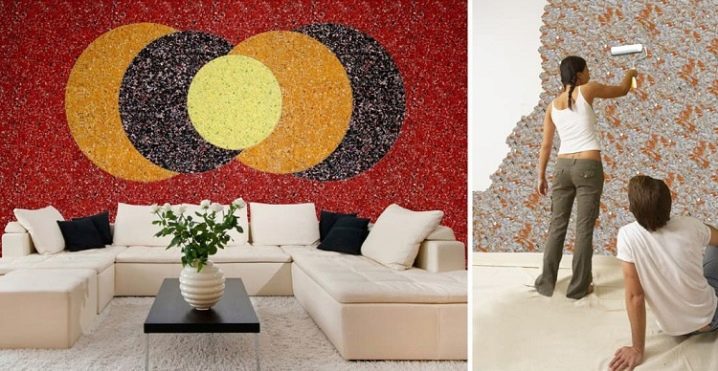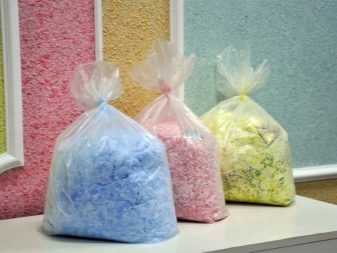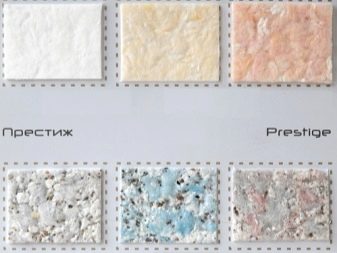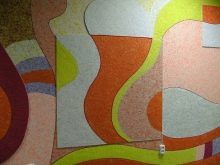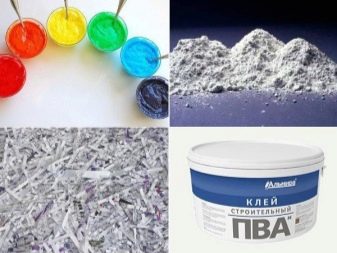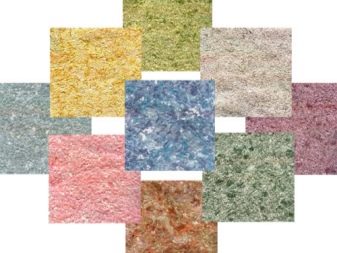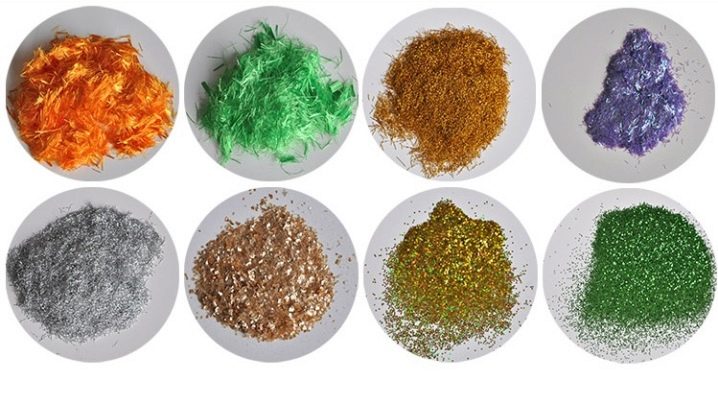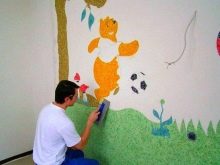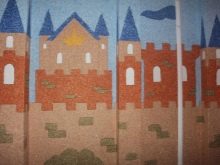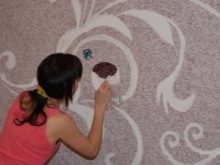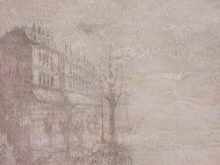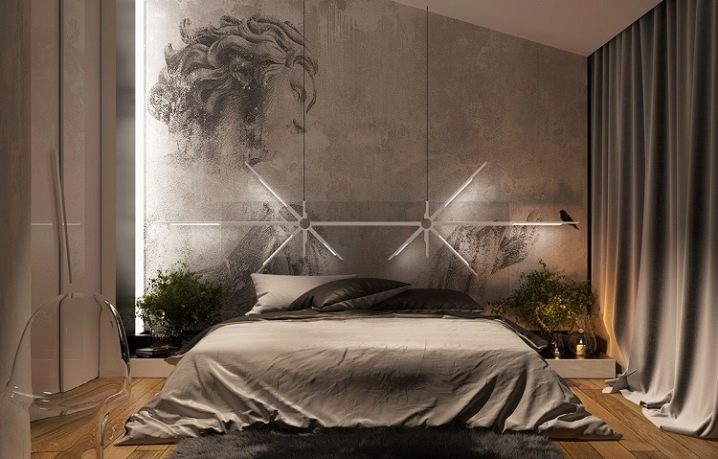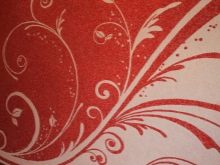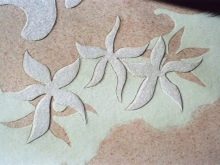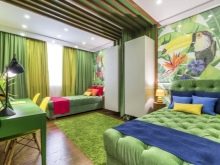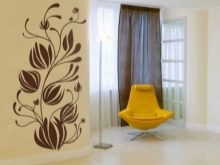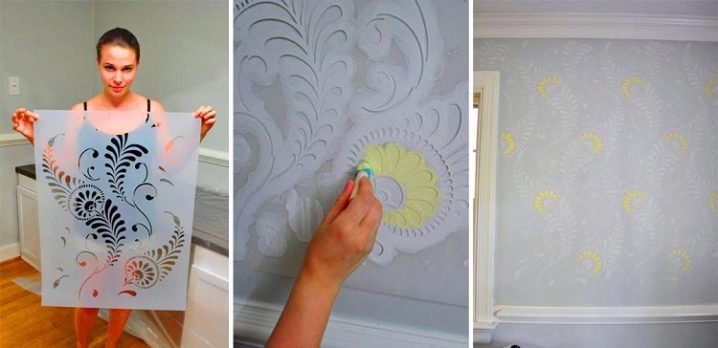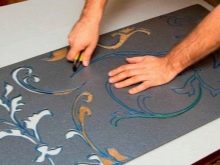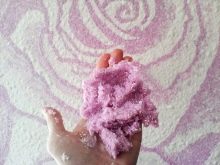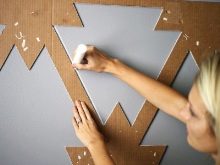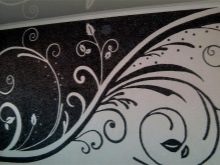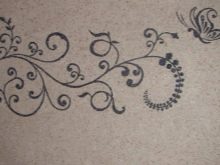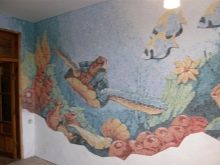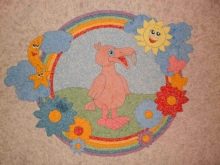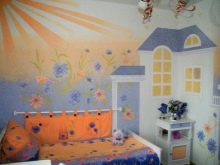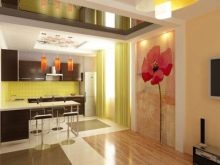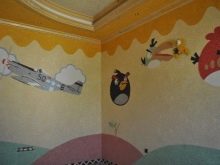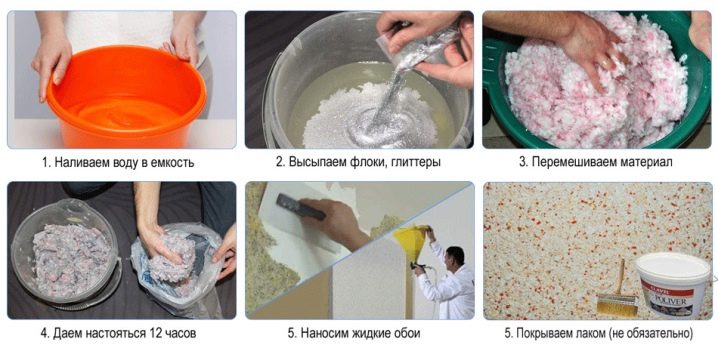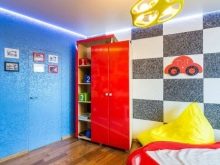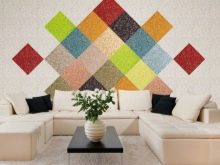How to make pictures on the walls with liquid wallpaper?
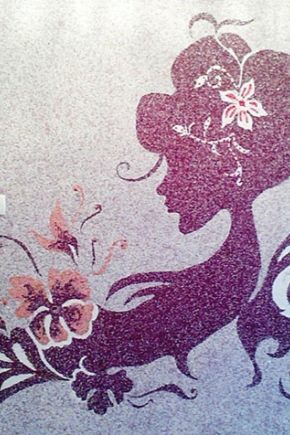
Liquid wallpaper is a worthy competition to roll wall coverings. If it seems to someone that they are boring and monotonous, this opinion is wrong: this material is capable of creating a wide variety of prints.
To understand how to make drawings on the walls of liquid wallpaper, you need to know the features of this lining, its strengths and weaknesses, as well as possible techniques for the performance of decorative techniques.
What it is?
Liquid wallpaper - an alternative to rolled canvases, which are sold in the form of powder or ready-mix for application to the surface of walls and ceilings. The material is packaged in 4 kg bags.
Raw materials are divided into two categories:
- painted material;
- a mixture of white.
The first varieties produced mainly in several colors pastel group. The limited shades are easily solved: pigments and special dyes are developed for the material, by means of which you can enhance the desired tone or change it by adding the necessary contrast pigment.
White wallpapers are universal: they allow you to achieve the perfect tone without diminishing its purity.
Painting is almost always a mandatory stage of the lining: you can beat the illumination deficiencies, choose the right tone to the available interior items. In addition, the use of dyes can significantly increase the color palette of the future image, make it voluminous, multi-faceted.
Since the material is not so simple, one cannot do without taking into account its characteristics. It is not a decorative plaster, it is a special type of coating that does not contain sand. Externally, it is a creamy mass or peculiar dry sawdust impregnated with an adhesive substance.
The main components of the lining are:
- cotton:
- cellulose;
- polyester;
- silk fibers;
- colorants;
- fillers;
- adhesive substance.
Expensive wallpapers look like liquid wallpaper thanks to silk fibers. Therefore, the structure seems to be textile.
The uniqueness of the material lies in the fact that the mass is often supplemented with original additives, among which are especially popular:
- marble chips:
- color flock;
- mica shine;
- nacre.
Existing types of liquid wallpaper, which have a relief surface, foam structure and the like of textiles, are divided into three groups:
- cellulose - budgetary raw materials with a predominance in the composition of the paper, characterized by a minimum service life and practicality;
- silk - a premium type of liquid wallpaper with a predominance of silk fibers, having a maximum service life, resistance to the effects of the sun;
- silk-cellulose - blended material that allows to balance the quality characteristics of silk and the cost of paper varieties.
Decorating the walls with drawings using liquid wallpaper is an original technique with many advantages.
This process allows you to:
- Introduce individuality into space: the drawings are not repeated, even if the design is carried out using the same templates;
- change the aesthetic perception of the room, filling it with fresh colors, taking into account the taste preferences of the household;
- by applying a dense layer of material to provide an additional level of sound insulation, eliminating the prying sounds from neighboring apartments;
- to decorate the walls with any pattern, without limiting the design theme;
- disguise and align the irregularities of the walls, evenly distributing the material on the vertical planes;
- beat the design features of a particular room, hiding problem areas with a three-dimensional pattern, or deliberately emphasizing projections and niches;
- to decorate the walls with an eco-friendly type of material that does not contain harmful impurities and toxins, warming the surface of the walls, which is especially noticeable during the cold season;
- neatly put on the vertical planes a material that does not roll in the process of decorating, does not shift the lines of contrasts and does not crumble when applied, tightly filling each section of the pattern.
A useful feature of the material is the ability to adjust the pattern if it is applied incorrectly.
The material dries completely from 12 hours to three days.If necessary, it can be soaked, removed from the wall and, adding water, applied again.
Liquid wallpaper has some drawbacks, among which the main ones are:
- patience and accuracy: this process does not tolerate haste and laziness, the material can not be applied quickly;
- uneven layers of contrasts: it is not always possible to achieve the same level between different shades of the pattern;
- cost: if you buy a quality veneer, the design will be expensive;
- the need to paint the surface, otherwise the wallpaper will be subject to mechanical damage.
What do you need?
To make drawings with liquid wallpaper on the walls of an apartment, country house or cottage, you should stock up on:
- capacity for wallpaper;
- packaged raw materials or ready mix;
- a pencil;
- plastic trowel;
- rubber trowel;
- stencils;
- water to dilute the raw material;
- patterns.
Among the interesting patterns are:
- monophonic - simple stencils for paint of one color;
- Separate details - versions for stage-by-stage decoration of a wall with different shades, overlapping one layer with another;
- volumetric - patterns that need to use putty,highlighting the surface level by 2–4 mm upwards;
- anti-stencils - staining material outside the form (background), forming the effect of illumination.
The current stencil prints include:
- single tree:
- fluttering butterflies;
- Egyptian ornaments;
- grape clusters;
- simple geometric shapes;
- scattering of flowers;
- large stylized flowers and leaves.
If you plan to make a drawing-panel or a kind of three-dimensional picture on the wall (for example, the pharaoh in the technique of monochrome), you should take care of purchasing a molding, ceiling plinth or baguette, placing an accent in the frame.
How to make a beautiful design?
Drawing drawing is carried out in three ways:
- on the finished lining;
- through stencils;
- filling voids wallpaper contrasting shades.
In order to keep the material well on the surface of the walls, the planes are treated with a deep penetration primer, which ensures maximum adhesion of the wallpaper. After it dries, you can put the material on the prepared sketch.
The first method involves the use of special paints after the wallpaper on the wall has dried. In this case, it all depends on the artistic abilities of the master.This method is faster than the previous ones, however, it is a little more difficult to coat the necessary areas with dye.
The second method is drawing a picture using stencils on the finished lining. To do this, first fill the entire wall with liquid wallpaper using a building roller or a special gun. It is important to ensure that there are no undyed areas on the surface that demonstrate the foundation of the walls. When the lining layer dries, put stencils, putting them in the right place and filling with a thick mass. This allows you to perform three-dimensional drawing, which stands out from the general background.
The main method is to fill each contrast area with wallpaper of the desired color. The method is rather laborious, as it does not tolerate haste, although it is within the power of each and does not require special skills. Wall-paper is put with sites, filling each fragment of a pattern, without overlapping its borders. To do this, the material is applied 2 mm farther than the line and immediately trimmed with a small spatula.
Usually such facing is impossible to do in one day. In order to cover was uniform, you need to stock up with water, soaking the joints and leveling them with a spatula.
Ideas and sketches
If the store does not have the desired stencil, drawing skills are far from ideal, you can choose an image on the Internet, increase it to the desired size and print: this is how we create the desired size in a given subject.
You can make a sketch on the glass by drawing it with a black marker, then put it in direct light, forming a shadow of the desired size on the wall. This method can not be called convenient, because when you repeat the contours will interfere with its own shadow.
Since the material gives an unusual type of surface, it is worth using the lightest and aerial elements of the drawings, carrying out the design in the form of:
- curls and wavy lines with carved leaves;
- games of contrasts of two shades;
- simple vegetative motives;
- summer sketches.
Interesting ideas of design are compositions from children's cartoons and the marine theme. However, you need a deliberate approach to the subject of the picture: some of the pictures are capable of rendering negative perceptions (for example, Birds Engry Birds or the Spanbob character).
The image should not be disorienting, stylization is appropriate in moderation.
General recommendations
In order to look harmoniously in the design of the space, you need to observe moderation.The accent zone should be small: a maximum, it can occupy one wall, sometimes it is enough to select an accent of a vertical plane.
If the room is small, you should choose the reception design in the style of panels or small paintings.
Do not try to distinguish between space, using your own pattern on each wall: the abundance of accents deprives them of originality, turning a room into an exhibition and depriving it of individuality.
When using stencils in your work, make sure that their size matches the area of the room: small strokes will be lost against the general background of a spacious room. In this case, you should choose a large drawing, beforehand drawing it on the prepared wall with a pencil.
The sketch will allow you to see the future print and evaluate its relevance in this place of the room: such walls are the decoration of the room, they can not be covered with furniture or hidden under the hanging shelves.
Stir the dyes until the material is dry: so the color will be uniform. Buy material with a small margin: it will take 10-15% more to create a picture than with a simple lining. You can not use tape to fix the patterns: it can be removed with a layer of cladding.
Do not apply the pattern with a stencil before two days after the application of the main background. It is impossible to immediately process adjacent parts of the picture: it will not give expressive lines.
If you want to add glitter, do at the very end of mixing wallpaper. To choose the color, use the samples, taking a little wallpaper and painting them in the desired tone.
Examples in the interior
To understand how unusual patterns look like liquid wallpaper on the walls, you should refer to the options made by experienced craftsmen:
- You can decorate the wall of the nursery by contrasting black and white wallpaper, arranging them in the form of a chessboard;
- the living room can be decorated with a stylish accent from contrasting squares, having framed the corners upwards along the center of the wall;
- with drawing skills, you can decorate the wall with a realistic sea turtle, emphasizing the picture with elements of the deep sea;
- if there is little open space on the wall in the room, it is worthwhile to beat this drawback through the painting, making the background and pattern in contrast to the main facing and framing the edges of the panel with a white plinth;
- You can decorate the accent wall of the kitchen with a bright single flower by completing it with different shades of liquid wallpaper.
In this video, you will find instructions for applying the picture with liquid wallpaper.
